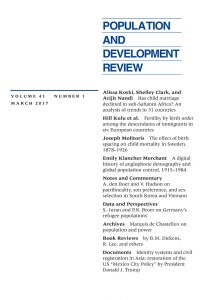The State of Oklahoma vs. Female Offenders: Vengeful Equality at Work?
In January 2010, 24-year-old Patricia Spottedcrow was arrested for selling $31 worth of marijuana to a police informant from her home in Kingfisher County, OK. Because her children were home at the time, Spottedcrow was charged with possession of a dangerous substance in the presence of a minor in addition to being charged with distributing a controlled substance. Since she had no prior criminal record and since the amount of marijuana sold was small, Spottedcrow elected to enter into a...




1754-9469/asset/society_affiliation_image.gif?v=1&s=9197a1a6ba8c381665ecbf311eae8aca348fe8aa)